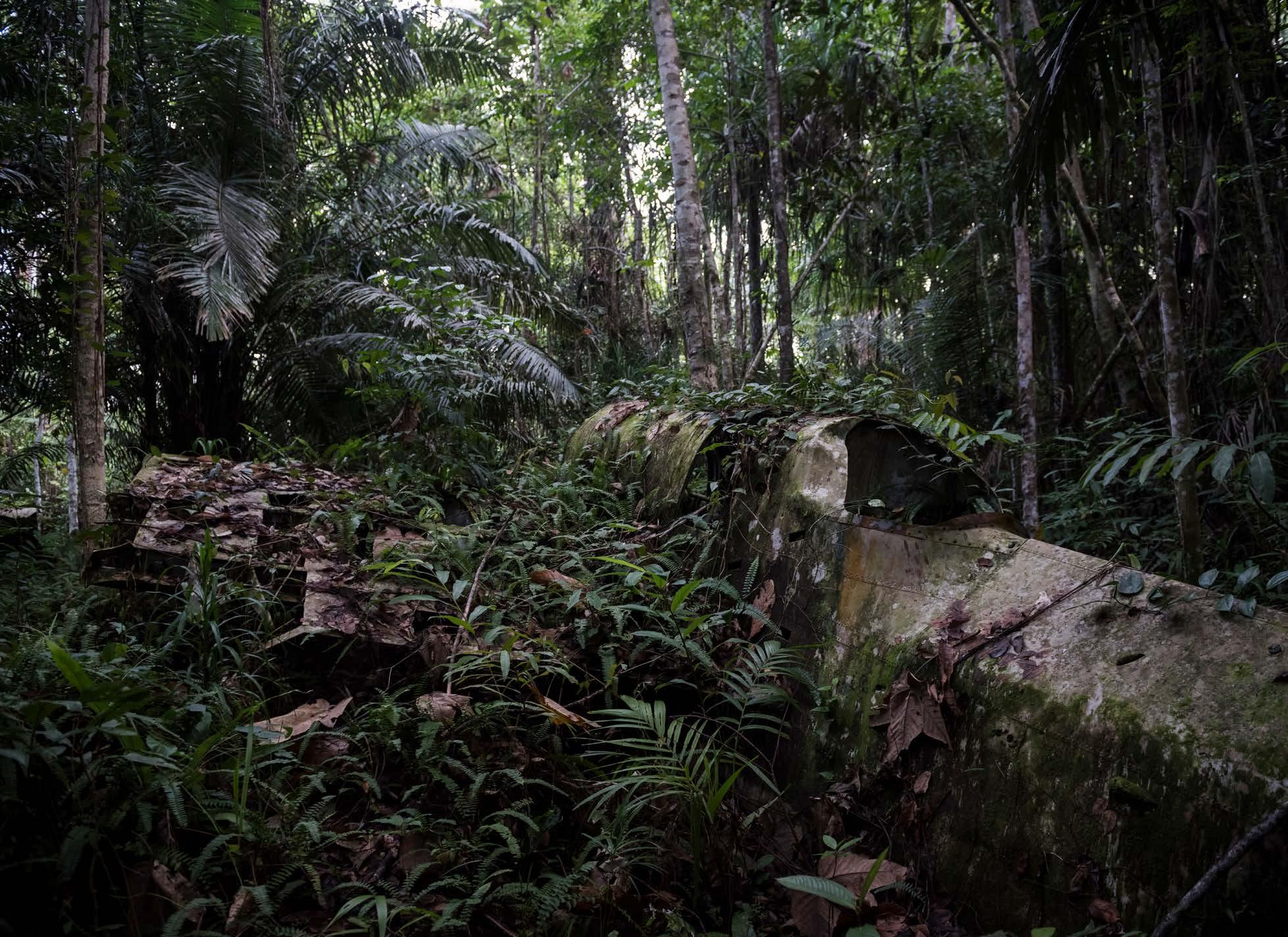
2 minute read
CUSTOMS & ARTEFACTS
Papua New Guinea is rich in fascinating artefacts and traditional customs. Take the time to familiarise yourself with the local culture.
CULTURAL ARTEFACTS
Papua New Guinean art forms are as diverse as they are distinctive. Their intricate designs and unique shapes continue to intrigue people the world over. Most Papua New Guinean art has a spiritual and ceremonial meaning, which plays an important role in the lives of villagers.
Honouring tribal ancestors is a major theme in Melanesian life and so it comes as no surprise that the spirits of ancestors are immortalised in artefacts such as masks and sculptures. Artefacts are used in ceremony and rituals to honour both the living and the dead as well they have many practical applications. The indigenous flora and fauna in PNG provide both a source of inspiration and materials for artefacts.
Although artefacts today are produced almost exclusively for resale, they are authentic replicas of traditional spirit figures, ancestral masks and weapons, often incorporating symbolic designs and motifs. You can be sure that every artefact you buy in the region is an original, from the beautifully woven and patterned wicker trays heralding from the Highlands to the brightly coloured carry bag called the ‘bilum’, which makes an evocative keepsake of PNG.
TRADITIONAL CUSTOMS
When you are trekking in PNG it is important to understand you are walking through someone’s backyard – everything is either communally owned or owned by a family or tribe. Certain cultural taboos must be observed. Historically an article of clothing, a bag of rice, even pens, paper or batteries would be expected in exchange for a meal or accommodation in a village. Today, however, payment is often required in the form of actual money. Always ask your local guide if you are uncertain. Local guides also have the knowledge to help create a truly rewarding cultural experience. Ask as many questions as you can about the local culture, history, flora and fauna. Villagers are friendly and welcoming, but they are fairly conservative so always wear long shorts (knee length) or pants/skirts and t-shirts. Swimming costumes can be too revealing so it is recommended that men wear shorts and women either shorts and a t-shirt or a sarong. Since you’re a bit of an oddity, you will be followed by curious children and stared at by everyone anytime you are out in a village, but don’t be intimidated – it’s not rude to stare in PNG. Break the ice with a smile and a cheerful “apinun” which can help get some interesting conversations started with the locals. Although most villages have a few English speakers, learning some basic Tok Pisin makes for an easier and more interactive visit to rural areas.










